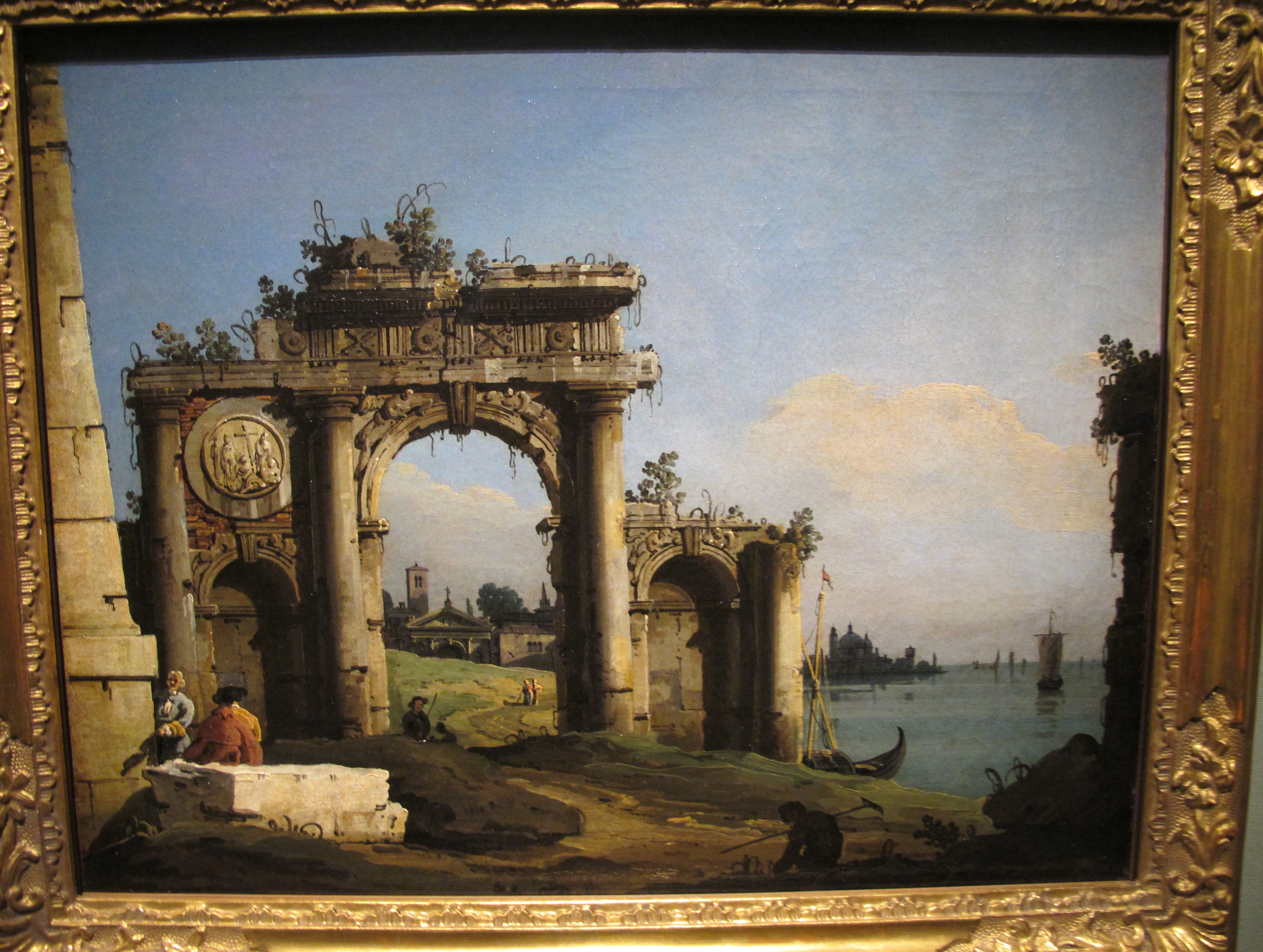It’s to this mountain top, situated above Perpignan, in Southern France, New Age and esoteric groups pilgrimage. They believe that on 21 December 2012 the sole survivors of the “apocalypse” will be the ones who have made it to this “holy place”.
Month: October 2012
Apokalyps i Bugarach
Canaletto and Guardi in Paris
Before photography there existed painters like Canaletto and Guardi. It’s thanks to them that we can experience the Venice of the 18th century in such detail. There are two exhibitions not to be missed with these masters being shown in Paris this fall/winter at the Museums Maillol and Jacquemart-André. Canaletto: Venice: the town of… Continue reading Canaletto and Guardi in Paris





